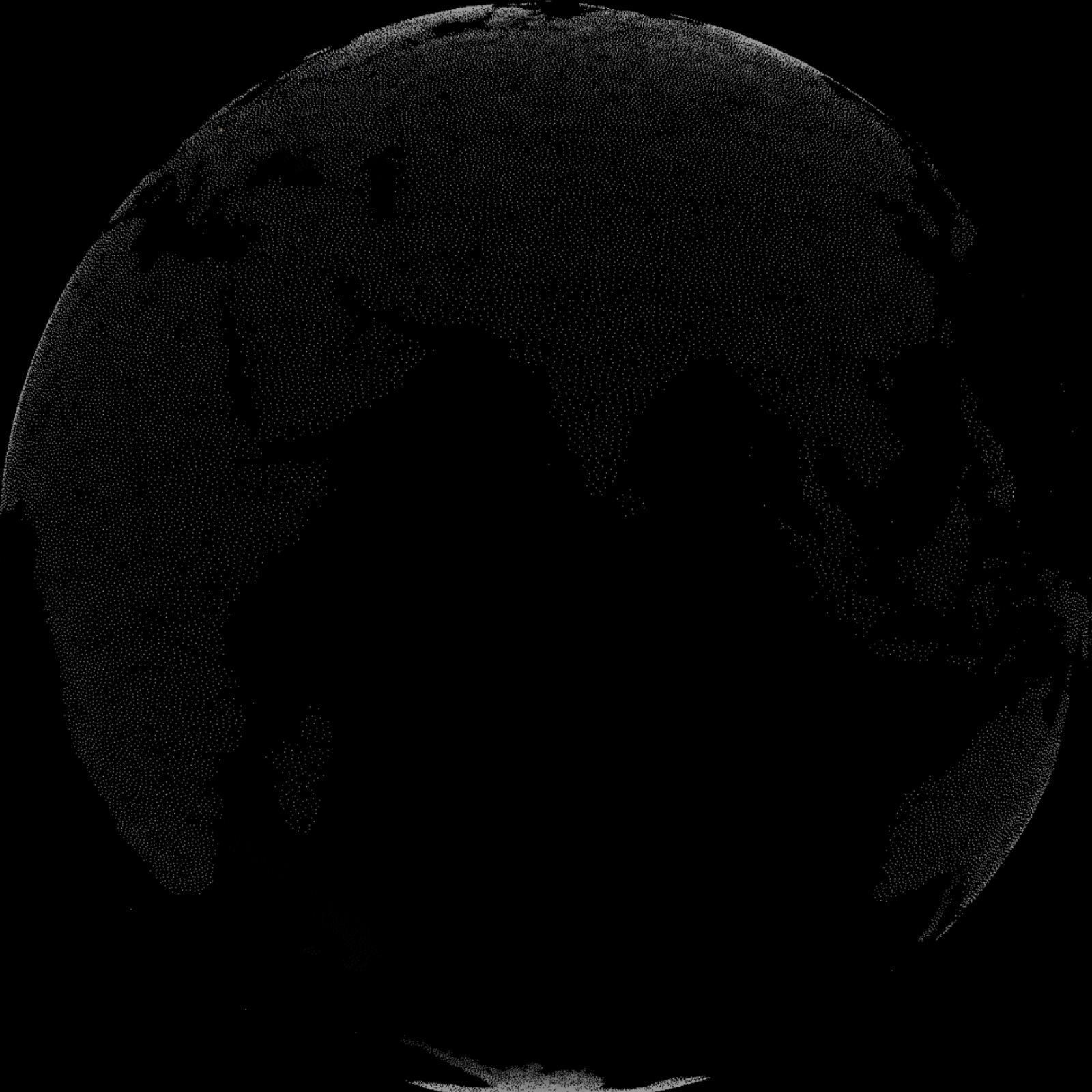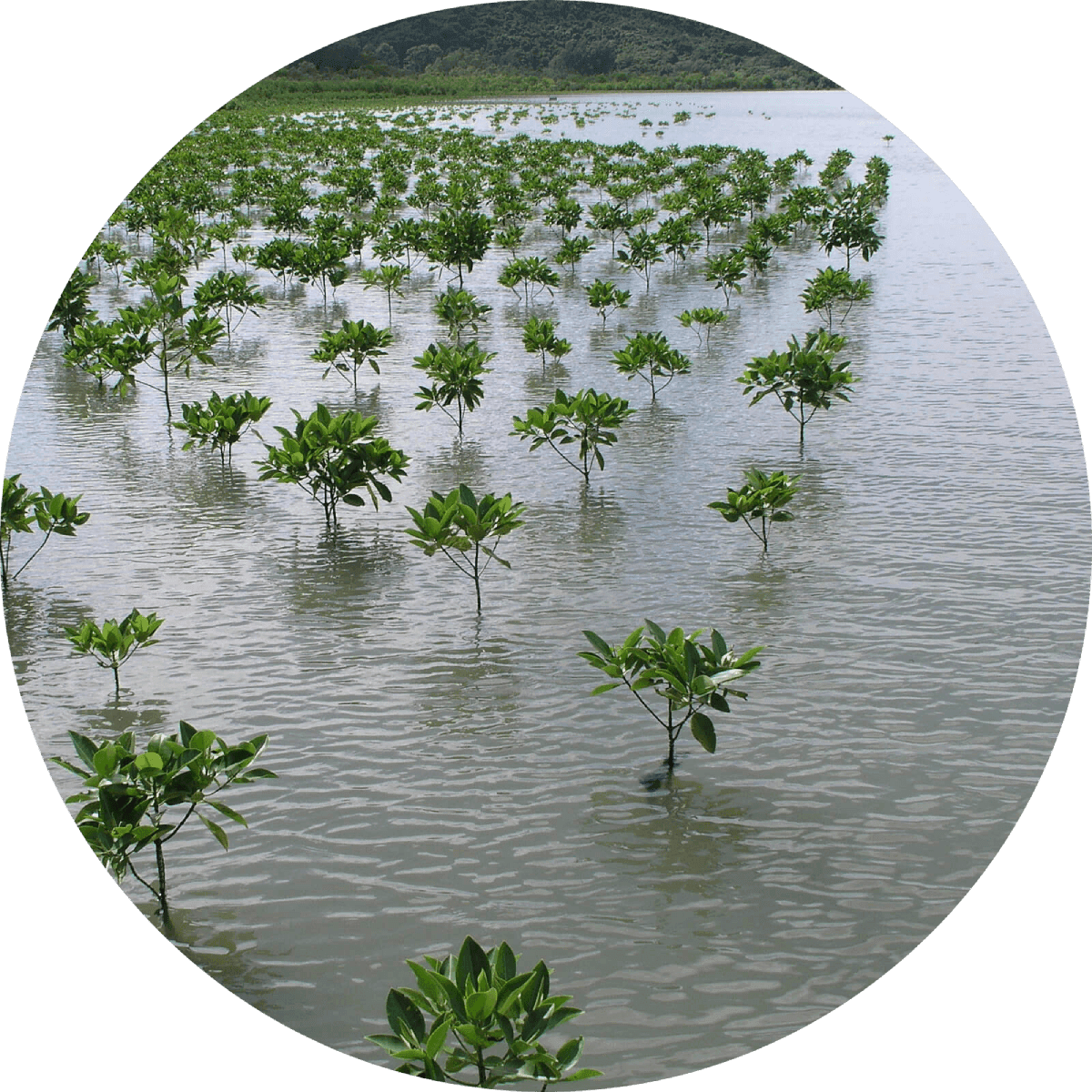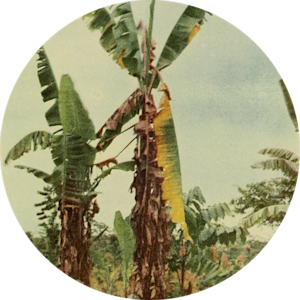Costa Rica stops and reverses deforestation
2000s • Costa Rica
"Thanks to a government-led initiative that pays local communities to help protect the natural ecosystem, [Costa Rica] became the first tropical country to have stopped, and subsequently reversed, deforestation . . . In the 1940s, 75% of Costa Rica was covered in rainforests. Following the arrival of loggers, much of the land was cleared to grow crops and livestock. It is unclear just how much land was lost, but it is thought that between a half and a third of forest cover was destroyed by 1987. Following this devastation, the government intervened to restore and preserve the forests. In 1996, the Costa Rican government made it illegal to chop down forest without approval from authorities and the following year it introduced the Payments for Environmental Services (PES) Program. Today, close to 60% of the land is once again forest and the landscape is home to around half a million plant and animal species. The country’s significant achievement is a clear disparity to the rest of the tropics where deforestation rates continue to increase. According to data from the University of Maryland, in 2019 tropical regions lost close to 12 million hectares– equivalent to 30 football fields per minute- with nearly a third of the loss taking place in older, carbon-rich primary forests."
Carol Konyn. "How Costa Rica Reversed Deforestation and Became an Environmental Model," Earth.org, 2021.
Image: Costa Rica Rainforest. eflon from Ithaca, NY, CC BY 2.0, via Wikimedia Commons


Learn about Maya Lin’s fifth and final memorial: a multi-platform science based artwork that presents an ecological history of our world - past, present, and future.

Discover ecological histories and stories of former abundance, loss, and recovery on the map of memory.

Learn how we can reduce our emissions and protect and restore species and habitats – around the world.

See how art can help us rethink the problems we face, and give us hope that each one of us can make a difference.

Help make a global memorial something personal and close to home. Share your stories of the natural world.
